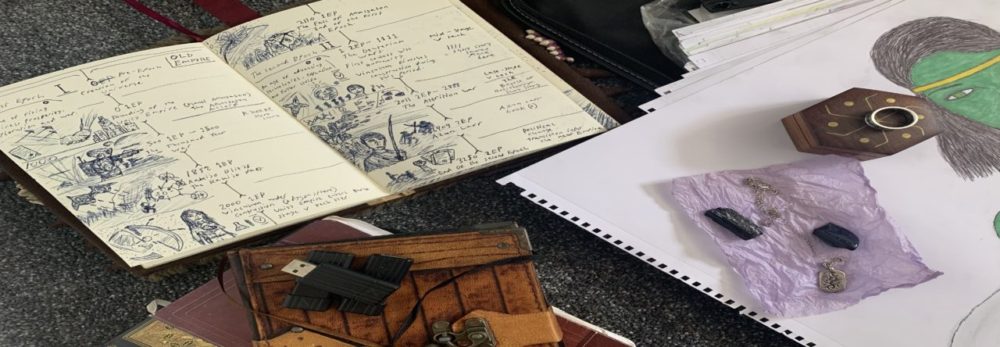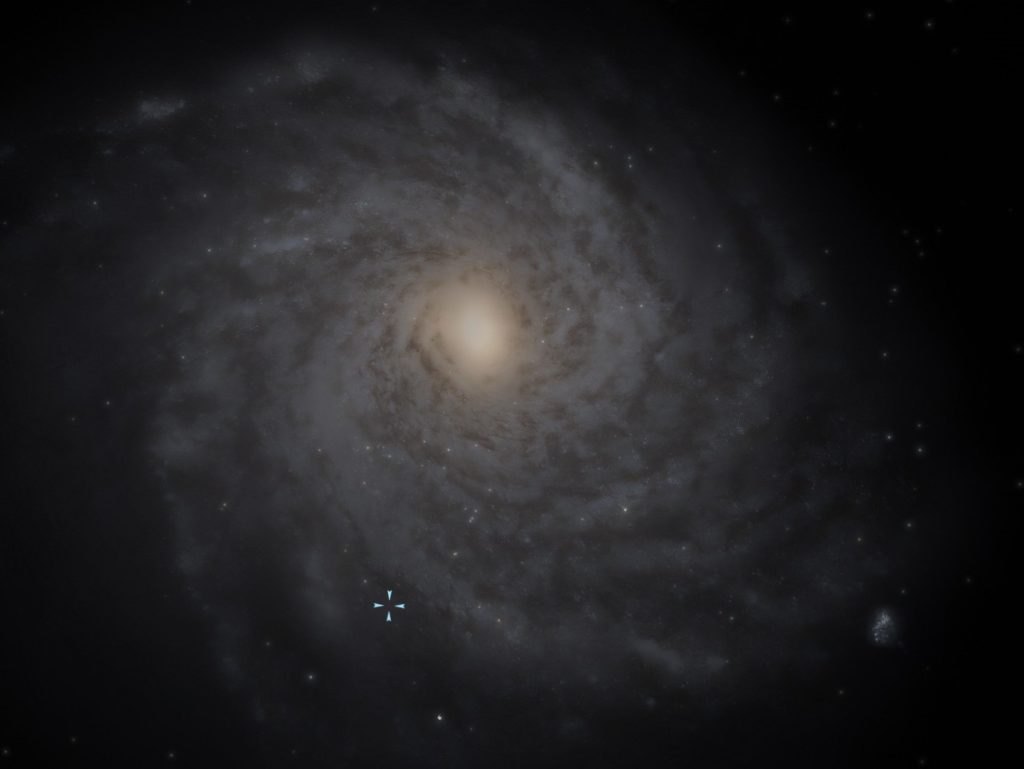
“Sol”, for short. Also known as the Sun, a star that has quenched its light upon us when our eyes first opened, and before then on the world that has, with all of her might, sheltered us. Sol, a single light in a vast ocean of where countless other lights exist, and between them…darkness. Why is this one special? Well, for a start, it is our home.
Let’s take a look shall we?
All images on this post were screenshotted from Space Engine
If you want to take a look yourself, you can buy here.
The Sun
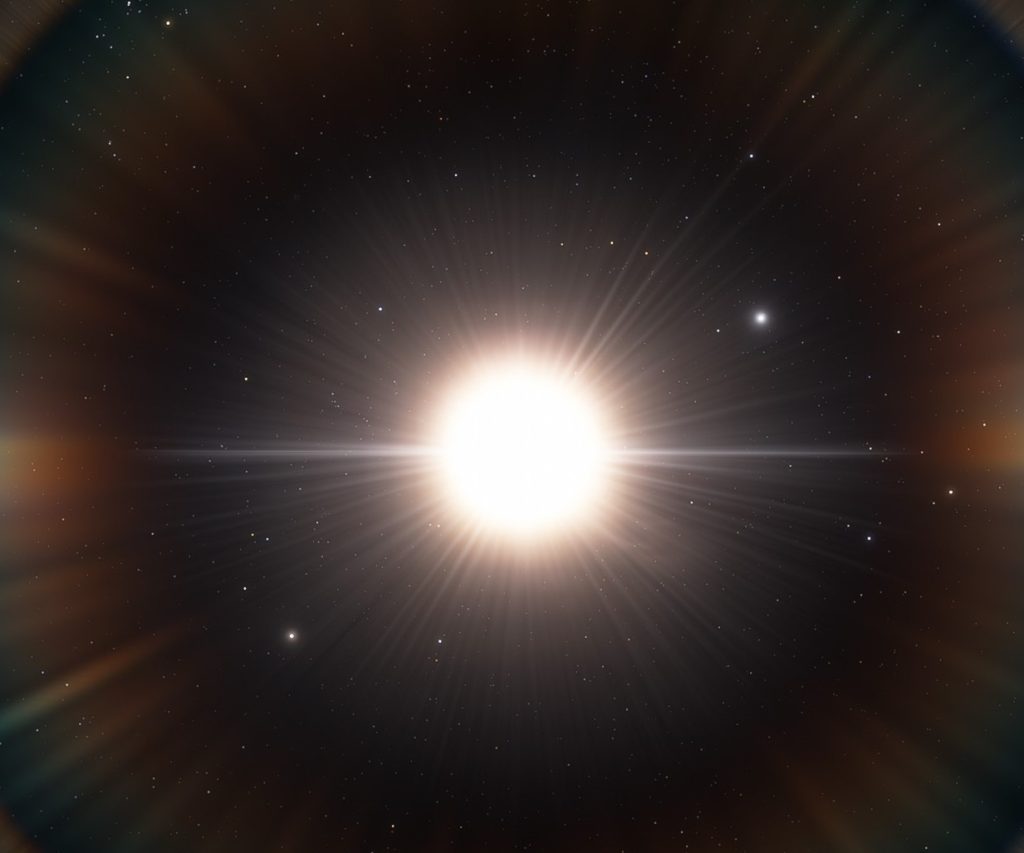
Ancient yet youthful, invigorated with power and vibrance, it is a burning light amidst the eternal darkness.
The heart of the system, the gem, the boss, the caretaker…a hot ball of searing plasma in which all other celestial bodies, orbit. The Sun is a G-class main-sequence star (temperatures can range from 5000 to 6000 K regarding its class) and formed roughly 4.6 billion years ago. A source of hydrogen and helium, although most of its mass is comprised of hydrogen. The diametre of the Sun is approx 1.39 million kilometres, or in another manner, 864’000 miles.
Mercury
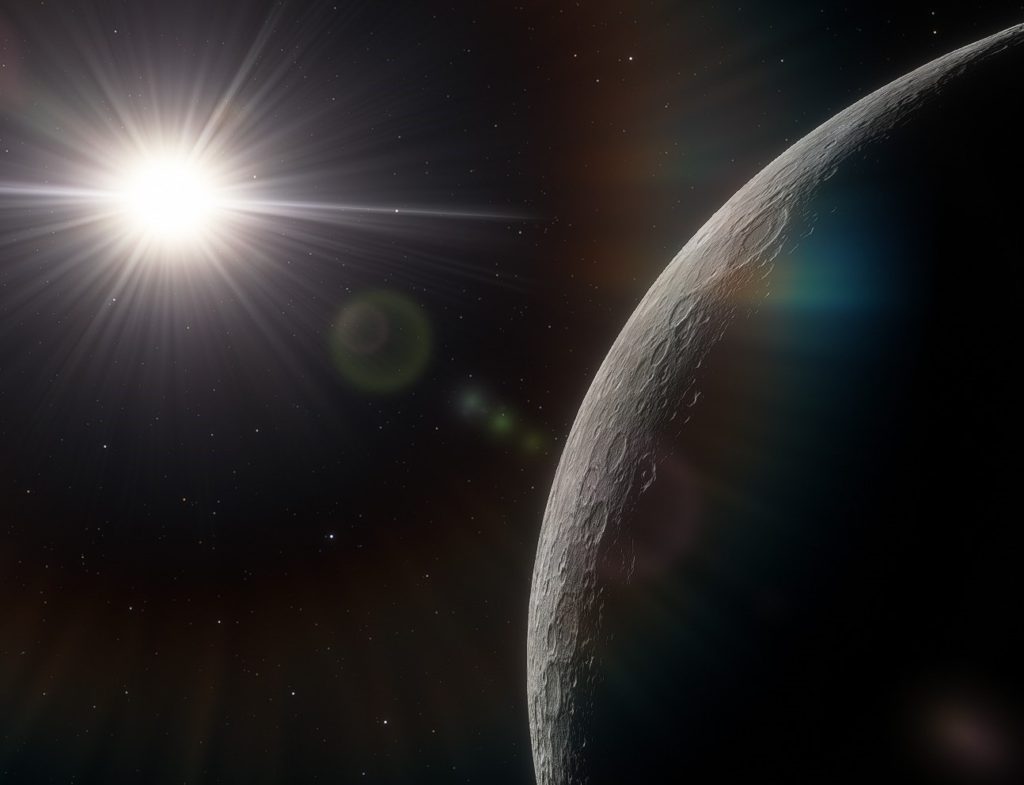
Scorching plains, rugged hills and deep craters. An old companion to the Sun, always close by. Yet still alone within its radiance.
The closest planet to the Sun, so it is very, very hot! Ranging from 180 degrees celsius. Mercury is tidally locked meaning that only one side faces the wrath of the Sun. The planet has a diametre of roughly 3000 kilometres, the smallest compared to all the others.
Mercury retains a surface gravity of 0.38 g.
Orbital period: 87 days.
Venus

Clouded, with a veil of serenity, yet, underneath lies an untamed anger that never finds relief. She is unyielding.
The second closest planet to the Sun. Venus is clouded with a thick atmosphere composed of carbon dioxide and the pressure of said atmosphere is 92 times greater than Earth’s sea levels. Underneath its calm veil is a rocky, volcanic surface. Inhospitable for human life. Also known as Earth’s “sister” planet, due to the same size (near enough), being roughly 12’103 kilometres. The planet’s temperature can reach up to 515 degrees celsius, making it hotter than Mercury because of its greenhouse effect.
Venus retains a surface gravity of 0.90 g.
Orbital period: 225 days.
Earth

Rolling seas, sweeping plains, high-reaching mountains, frozen wastes, ever-drifting deserts, teeming forests and jungles alike. Hot, cold and everything in between…she is the cradle of life.
Earth, the little blue dot that is unique among all her neighbours. She is the third planet from the Sun and is the cradle of life as we know it, as well as the birthplace of Humanity. It has a breathable atmosphere composed mostly of oxygen and nitrogen. The planet has a diametre of 12’756 kilometres. Earth enjoys a varied temperature, however the average temp is 16 celsius. The lowest recorded temp is -70 celsius and the highest is 89 degrees celsius.
Luna, also known as “the Moon”, orbits the Earth as a natural satellite.
Earth retains a surface gravity of 1.00 g.
Orbital period: 365 days.
Mars
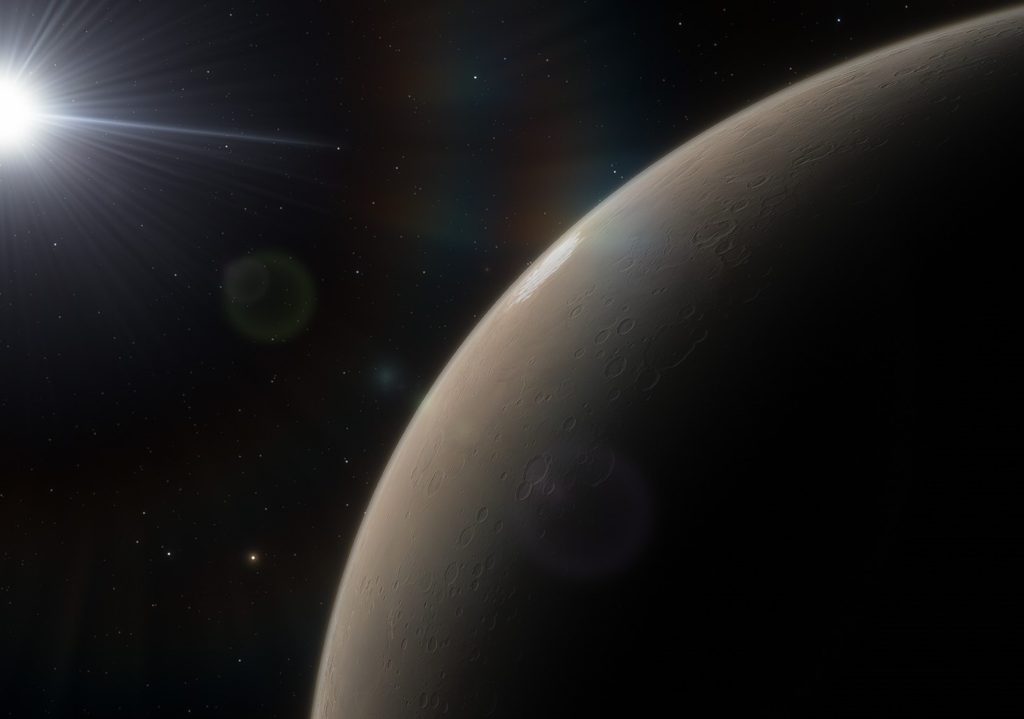
Red sands drift across mounds of rock, over mountains, and into crevices where no light shines. Despite its fierce appearance, it is a cold and desolate place where things of long past are buried. Perhaps hiding a history of a once, blooming paradise…
Mars is the fourth planet from the Sun and largely composed of carbon dioxide within its thin atmosphere (which has been stripped away over time). It has a diametre of 6792 kilometres. Temperatures can range from -50 celsius.
Mars is accompanied by two major moons, Phobos and Deimos.
Mars retains a surface gravity of 0.37 g.
Orbital period: 686 days.
Jupiter
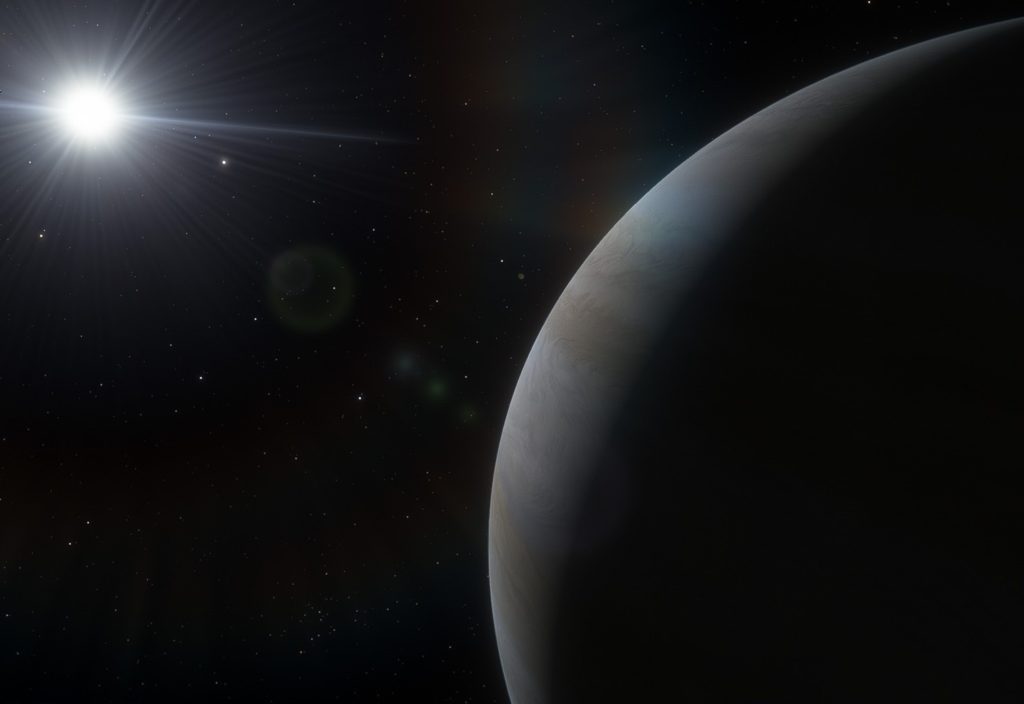
Proud, mighty, bountiful and a stalwart guardian. His fury lies deep under swirling skies, never to be tempered.
Jupiter is the fifth planet from the Sun and is the largest of its neighbours (except for the Sun of course). A gas-giant that bears the thickest atmosphere (consisting molecular hydrogen and helium). Varying cloud layers exist deep within Jupiter. Water clouds may reside inside also, indicated by Jupiter’s electrical discharges. A thousand times powerful to the ones on Earth. It has a diametre of 142’984 kilometres. Temperatures can range from -107 celsius
The jovian moons orbit the gas-giant, these moons are Europa, Callisto, Ganymede, Io and many many more. However these four are well-known and documented.
Jupiter retains a surface gravity of about 2.63 g.
Orbital period: 11 years.
Saturn

Rich, alluring, and full of promise. Yet if on his dark side, he can envelope you with deceit and kill with a cold snare. Those velvet skies and rings are not just for show.
Saturn is the sixth planet from the Sun and gas-giant like Jupiter, except much smaller, its diametre is 116’464 kilometres. Its atmosphere is comprised again of hydrogen and helium. One of the most unique thing about Saturn is its rings. It is the only planet in the Solar System to have prominent rings. Temperatures can range from -130 celsius.
A set of moons also orbit Saturn, a few well known moons are Titan, Enceladus, Rhea, Tethys, Iapetus, Mimas and Dione.
Saturn retains a surface gravity of about 1.13 g.
Orbital period: 29 years.
Uranus
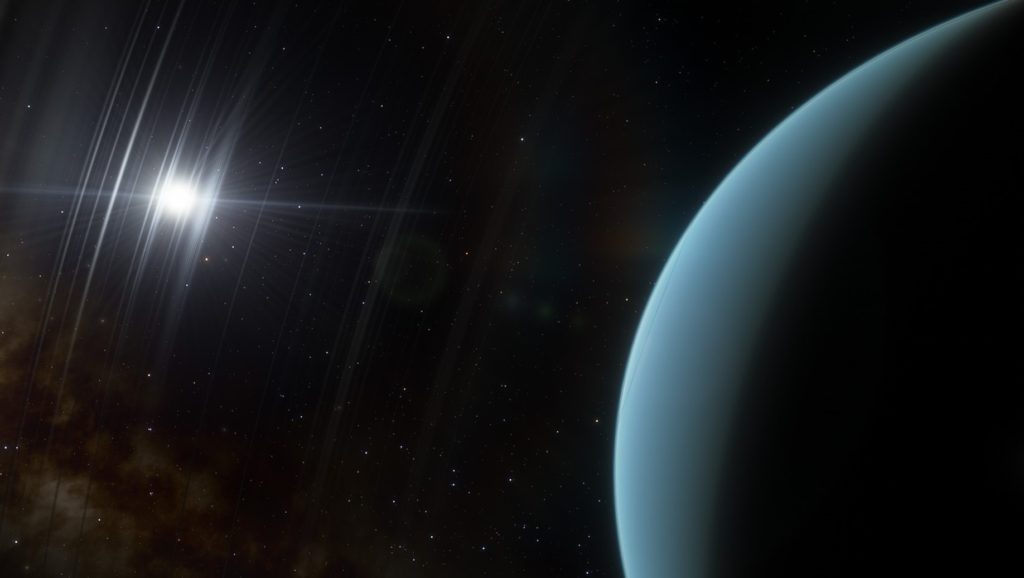
A cyan jewel that tends to keep to itself, nothing grand, or anything really, other than part of some joke that he doesn’t find funny whatsoever.
Uranus is the seventh planet from the Sun, an ice-giant (having higher proportions of ammonia and methane) consisting of hydrogen and helium. The planet has a diametre of 50’754 kilometres. Temperatures range from -190 celsius.
The ice-giant bears a set of narrow rings as well, not as prominent as Saturn’s however.
It’s major moons are Miranda, Ariel, Umbriel, Titania and Oberon.
Uranus retains a surface gravity of about 0.91 g.
Orbital period: 83 years.
Neptune
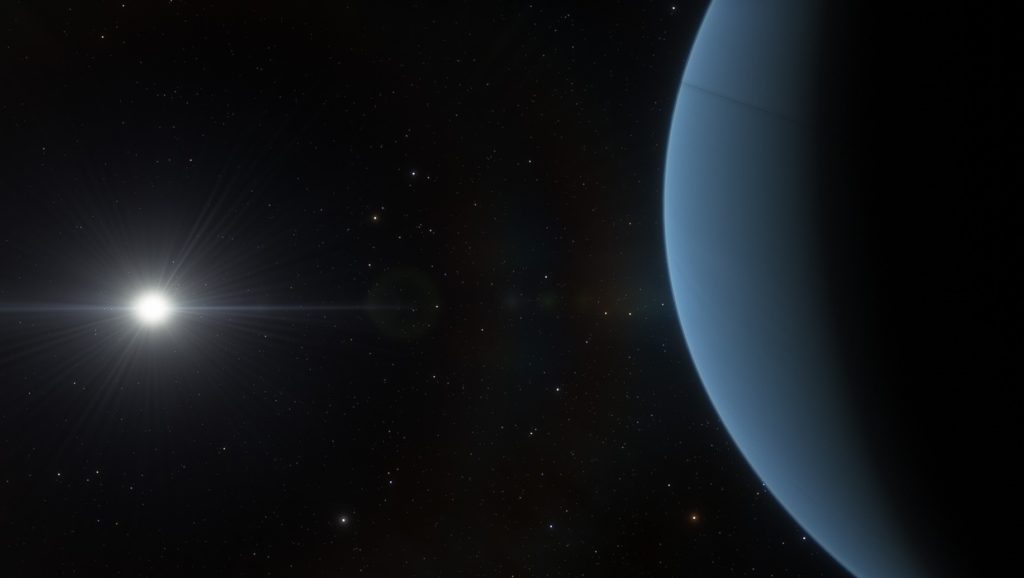
A sphere in the guise of an ocean, deep and mysterious. Delivering no judgement to those who enters his waves whether innocent or guilty. Both shall find the same fate.
Neptune is the eighth planet from the Sun, an ice-giant similar to its “twin”, Uranus. Albeit smaller in diametre, which is 49’248 kilometres. Temperatures can range from -200 celsius.
Its two main moons are Triton and Proteus.
Neptune retains a surface gravity of about 1.14 g.
Orbital period: 164 years.
Pluto

Dark, freezing, distant…silent, an ever-watchful observer of the system. You will find no respite here. Only a chilling death.
Pluto is the ninth planet (dwarf) from the Sun and lies within the Kuiper belt. Its surface is made of mostly nitrogen ice with traces of methane and carbon monoxide. The colour contrast of Pluto is varied, from dark red to white, traces of orange hues and beige. It has a diametre of 2374 kilometres. Temperatures can range from at least -240 celsius.
Its most notable companion is its moon, Charon.
This celestial body is one of the furthest away from the Sun, but their are more.
Pluto retains a surface gravity of 0.06 g.
Orbital period: 247 years.
Summary

What better way to find out about the universe than to look into our own backyard. To see how other star systems work, we must look at our own and use it as a foundation. Despite all the marvel we have discovered thus far, it isn’t everything. In darkness where eyes have not laid upon, secrets may dwell. As mentioned above, Pluto is not the furthest away from our Sun; their is the likes of Eris, Haumea, Makemake, Sedna and much much more. Our star system isn’t in shortage of celestial bodies to explore.
Even with the information we have now, it is all viable to change, depending on how far we will go.
One trick in memorising the order of the planets is to say aloud: My (Mercury) Very (Venus) Easy (Earth) Method (Mars) Just (Jupiter) Speeds (Saturn) Up (Uranus) Naming (Neptune) Planets (Pluto).
Do this a few times and it should stick.
